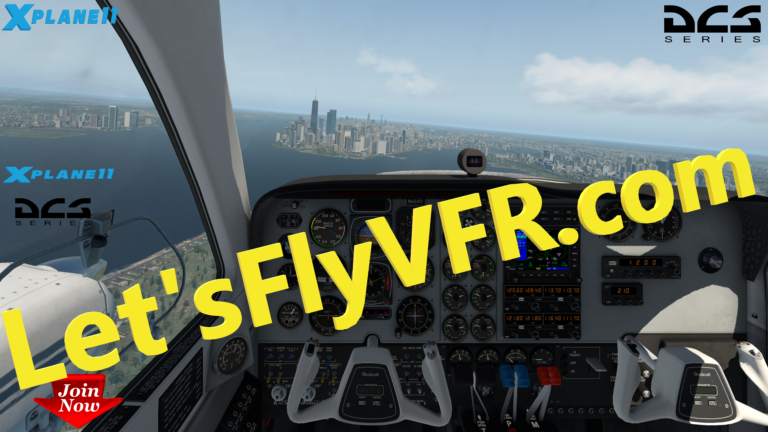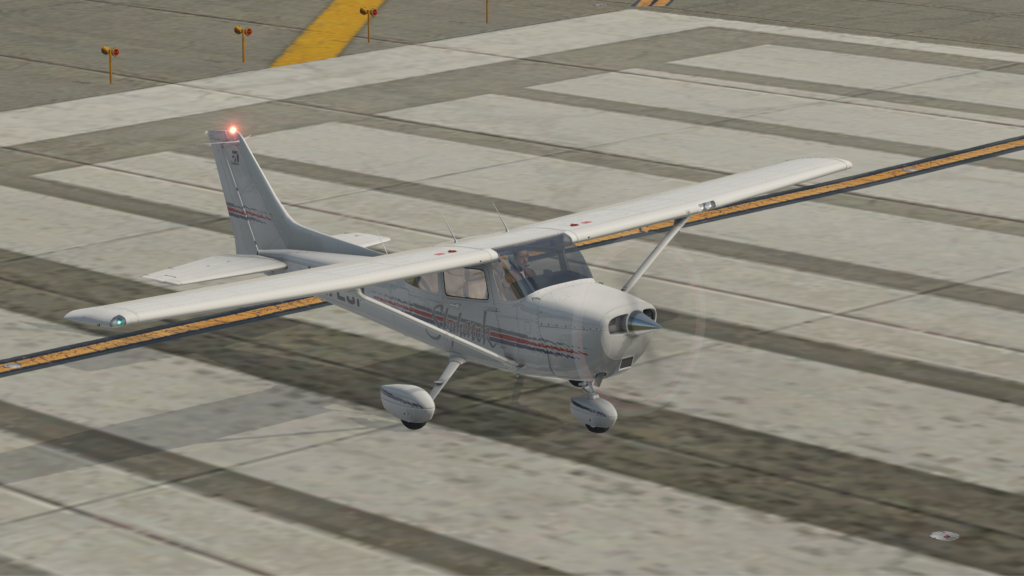Make Your Flight Simulator Real
Dream Your Flight
Flying is such a fantastic experience so make your flight simulator real as you can is a dream we all have. We want our flight simulator to be as realistic as possible.
To make flight simulator real then you have to approach the simulator with a realistic attitude. Prepare for your flight and consider the alternate airports, weather implications of your flight plus weight and balance of baggage and passengers.
In taking to the air at anytime there are still some important things to consider. This is what flight simulation is in my humble opinion.
I personally believe you should approach each flight with the right attitude and making your flight sim real by following realistic procedures is the answer. Be prepared fully for every flight you undertake.
In flying in a simulator at home it should be the same approach as if you were leaving for the real airport to fly somewhere. Now if you approach your flight simulator is a bit of fun or a game, then the attitude is obviously going to be more relaxed.
I have a Light Sport license so real flying is what I have in mind even when making videos for the YouTube Channel. I use X Plane 11 as my training platform when I’m not making what I hope are entertaining and informative videos for my Lets Fly VFR YouTube Channel.
Preparation and Planning is always king!
Planning and having every aspect of your flight already in your mind before even leaving the house or the dinner table is essential for a great flight under your belt.
Planning a real world flight, you have to be ready physically and emotionally ready. Being relaxed and have well planned your flight is the best way to remove and doubts you may have and you can concentrate on airman ship and flying and not details.
In making your flight sim real as you can the planning and preparation is the answer for many I am sure.
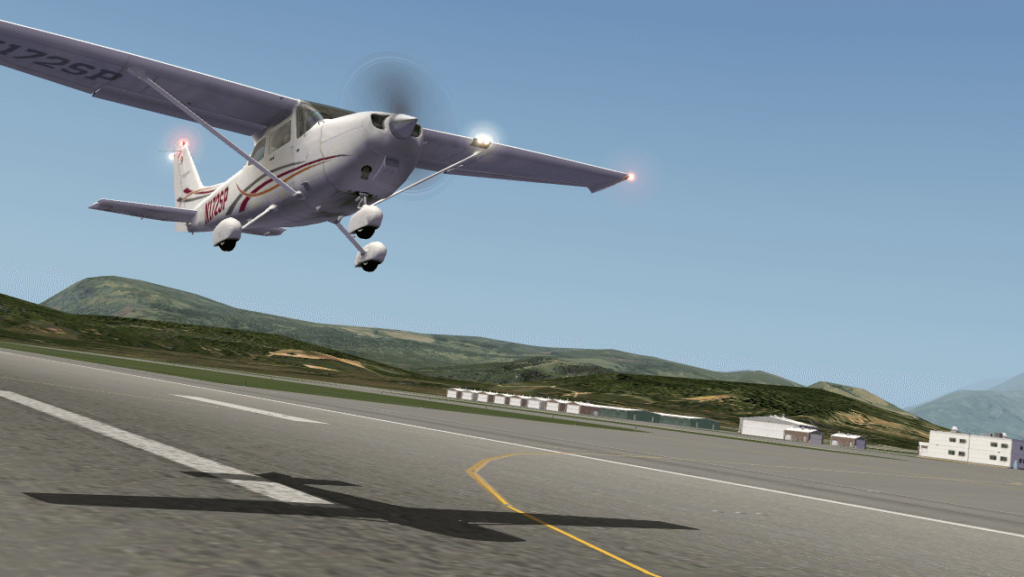
Common Mistakes
We will make mistakes like leaving the gear up in your favorite fighter or GA aircraft when you land. It’s also important to be on the correct frequency so your talking to who you need to. Its important we don’t upset your real or virtual passengers if your head isn’t in the cockpit with your body.
No matter whether flying the pattern of taking a cross country flight to have lunch you should have a plan. Knowing the alternate airports en route, have your radio frequencies noted is great planning. Keep your maps and navigation plan ready and have all the mandatory aircraft and personal documentation if its a real trip to the hangar.
Yes the $100 hamburger may be a little more expensive than it once was, but the concept remains true today. You have to be ready for everything and anything that could happen in the cockpit. You need to have done your planning and have your mind in the zone to be safe. This is why I believe you make your flight sim real as you can each time you head into the sky.
Why do we not fly?
I believe many people that consider flying are concerned by the risk involved by soaring into the air. Being totally in control of your life becomes very real once your alone in a small cockpit thousands of feet above the countryside.
It may be just the expense of flying a real aircraft that puts people off. There are some real opportunities with Ultralights and Light sport aircraft which are normally considerably cheaper.
You could take up gliding as well. Gliding is a truly amazing experience. Yes its not cheap but people spend as much or more on computer setups to simulate it.
Some fly remote control aircraft also spending more than it can cost for say an Ultralight or Sport Pilot license. If its your passion I challenge you to investigate all your options and join the 5% of people in the world that have pilot licenses and see where it takes you.
Personal Experience.
You can take it from me that it’s so so worth the effort for the amazing freedom you experience. It’s just awe inspiring. The reward is the view from 9500 ft above the northern South Australian countryside is nearly a religious experience.
I have been fortunate enough to experience personally and quite a few occasions. It is truly amazing to think a young boy from a little country town anywhere in the world gets do this, but I have enjoyed my experiences immensely.
I do also understand why for either cost or personal reasons people prefer the flight simulator. Today its very realistic anyway and there is always a pause or reset if you get it wrong.
The flight sim has always been my passion as well for many years. and a great way to prepare yourself for a real flight. I have pre-flown many a real world flight in the sim before heading to the airport.
Lessons Learn’t
One of the lessons I learnt and probably still struggle with is when flying the traffic pattern or even more so when flying cross country is keeping my head ahead of the aircraft. Simulator flying should be the same as real world flying especially if its VFR. I see a lot of sim pilots on YouTube totally focused in instruments. With the introduction of VR in flight sims this really should change. Referencing your aircraft attitude and attitude should be by referencing the horizon to the aircraft.
If you just play Prepar3D, FSX or X Plane 11 then you may not really understand what I’m saying but if your attitude towards your favorite sim is that it’s a simulator, then the whole attitude has to be different and your point of view will be as well.
If you jump into a real aircraft I am sure you will feel at home pretty quickly. The two things instructors have said to me about sim pilots!
1) One is they don’t look around outside for other aircraft. This is an absolute must.
2)The second thing as they don’t reference the aircraft and the horizon, they just look at the instruments intently all the time.
Plan Plan Plan
When you turn up at your virtual or even a real airport to jump into any aircraft of your choice, you still need to have to have a plan.
What am I going to do in the aircraft? Where am I going. What am I practicing this flight. Believe me your always practicing something!
Just jumping in and gallivanting around the training is probably something we have all done.
When we are all alone in the aircraft for the first time. The first solo is something we all remember with a grin. !
That Wow … What next …. Oh yeah … I had better go back and fly some traffic patterns or circuits as they are also known.
The Process of Entering the Pattern
Then we have to get our heads back in the pattern when the aircraft id 5 or 10 Nm from the circuit. Lets go through the basics so you can be ready! Now I’m not an instructor OK, but I want to help you get an idea so you may thing more like a pilot and what you have to do!
As an Amazon Associate I earn from qualifying purchases.
Joining Downwind
If your planning to land at an airport there are set rules you MUST follow. Unless otherwise posted all circuits are flown as Left hand Circuits. This means the pilot can always see the runway.
Normally you make a radio call from 10 nm out to both inform your inbound and establish who else is in the area or on the ground ready to go.
Approach the airport and we will join simply on the downwind leg. Approach the airport at a comfortable height but aim to be at 1000 ft AGL as you get to the down wind leg point. This is at the corner of the Crosswind leg. You fly straight into the down wind leg ensuring nothing else is entering, will take off and be remaining in circuit that you may collide with.
At this point you would be about 90 knots.
In this phase you do your prelanding checks. Fuel quantity – Fuel Pump on – Belts, Brakes, Doors secured.
You can relax and ensure you are trimmed and maintaining height and distance from the runway. In a Cessna or my Jabiru 170 its half way down the strut.
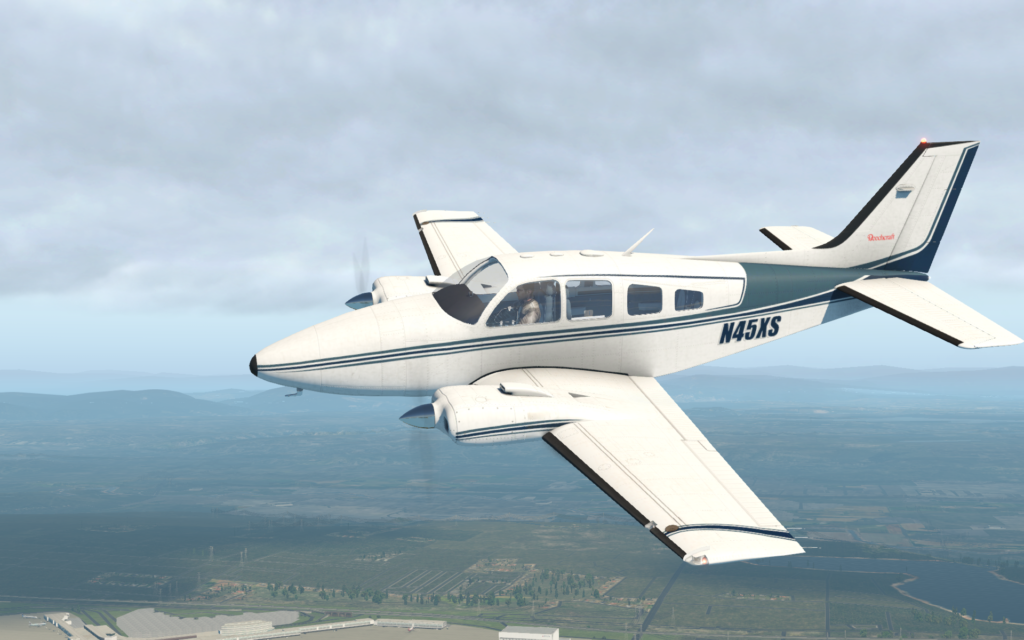
Base Leg
As your aircraft passes you expected touchdown point reduce power and trim to remain at the 1000ft AGL you require. As speed drops into the white arc you can extend first stage flap and trim for level flight.
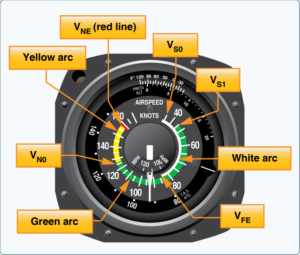
The Circuit Diagram
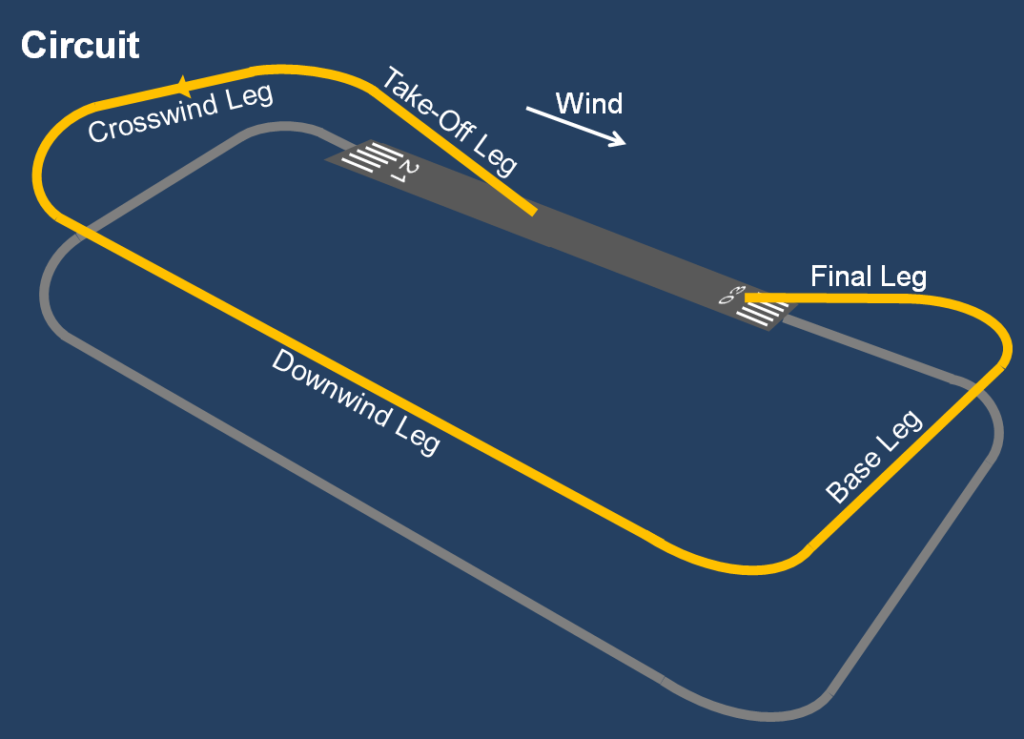
Once you are approximately 34 degrees past the end of the runway reduce power slightly and turn onto the base leg allowing for wind. Remember power controls decent – Pitch controls speed on your way down to landing. If your slow drop the nose a little and if decent rate is high add power. Its a constant ballet to get it right. You should aim to be descending about 500 ft per minute. When you are approaching the extended center line of the runway you need to turn onto final.
WARNING: This is were to many pilots DIE: Do not use excessive rudder or aileron if you overshoot! If you go past to far GO AROUND! Many pilots use a boot of rudder yawing the aircraft in an effort to get back aligned up and ADVERSE YAW takes over – Stalls the wing on one side usually and you spin into the ground! GO AROUND – GO AROUND! YOU WILL DIE if you do this. Please don’t. Sim or not – If you do it in the sim and then go flying for real you will do it. DON’T!
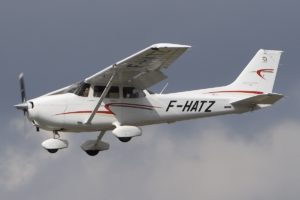
Final Approach
Lined up – Good – Now adjust power and pitch as needed and get back to say 70 knots in a Jabiru 170 – If you can glide to the runway hit the next stage of flap.
Now old speed and make small adjustments till you come over the thresh hold of the runway. You will be now entering ground effect. This tries to stop you landing.
As you have likely been focusing on the landing point on the numbers you MUST now move your view to the far end of the runway or you will fly into the ground. If you move your view you can reference the horizon to the cowl and as you sink gently pull the nose up to level with the horizon then as you get close to the runway gently keep pulling back till the wheels are just off the ground.
Don’t let them touch till the aircraft refuses to fly any more and you here the stall warning buzzer. Congratulations you have made it. Hold the stick or your back and keep pressure off the nose wheel and apply brakes gently.
Once stopped you can raise the flaps and exit the runway with required radio calls. Well done your a pilot and your alive. 🙂
As an Amazon affiliate I may earn commission on qualifying purchases.

